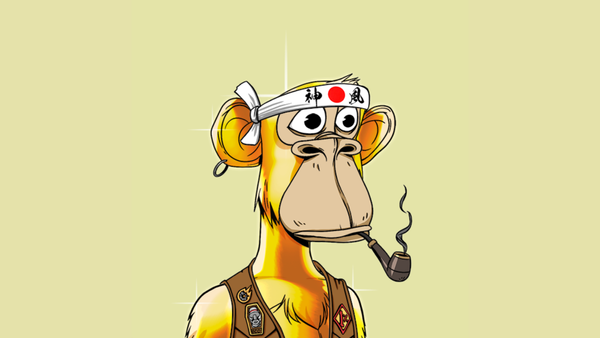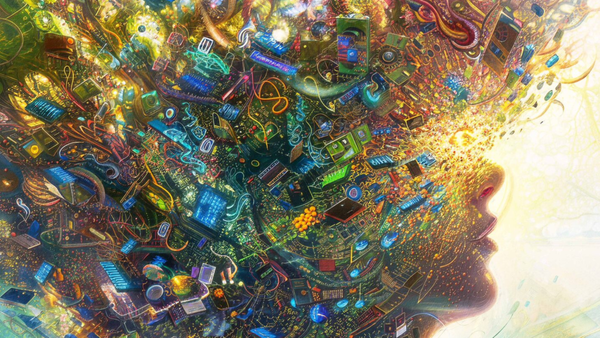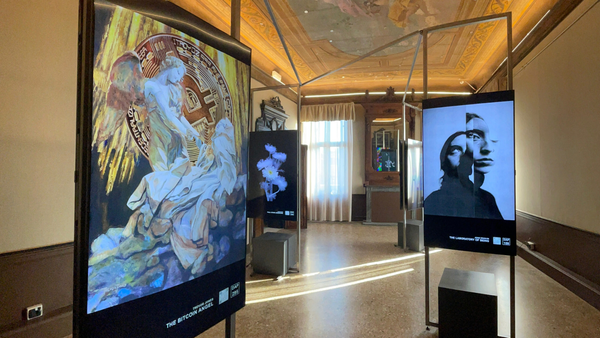Exploring Nicolas Michel's Generative Art and Technologies role in Artistic Creation.


We delve into the world of digital art with Nicolas Michel who specializes in generative art. We explore his journey into digital art, the concepts and motivations behind his work, and the exciting possibilities of creating art using company data. Additionally, we discuss the evolving landscape of digital art and how technological advancements are shaping its future.

How did you become involved in the world of digital art, and what is the main art style you focus on?
I became interested in digital art when I was working for a contemporary artist. Initially, I started out as a VJ but gradually shifted away from that path to create standalone installations. Concurrently, I pursued a master's degree in Digital Arts at Sorbonne University. After several years of research, I specialized in generative art.

What are the concepts and motivations around your art, and who is it for?
Generative art is a discipline that uses algorithms and computer tools to generate real-time content that continuously self-generates. This allows high flexibility both in terms of display and duration. I am particularly interested in exploring our relationship with time and the longevity of artwork, not as a fixed medium but as something that evolves over time. With generative art, I found a way to surpass physical and technical constraints, and I find it fascinating that a work can be exhibited differently (size, ratio, version) each time. Thus, the audience will have its own feelings towards it and will experience something different at each new exhibition. I believe my works have multiple layers of interpretation, and I attach great importance to ensuring that the audience can feel emotions, regardless of their relationship with art.

What seems to be very exciting, dynamic, and engaging is how you can create art using company data. How does this work, and how can companies use this?
Some of my works indeed use data that influences the outcome of the creation. This is the case with "Exposomes Singuliers" (in collaboration with the French National Center for Scientific Research), where by filling out a form, the audience can create their exposome based on their choice of answers. Some commissioned works for companies address other topics such as renewable energies, transportation, networks, etc. I emphasize creating a narrative around this data to form my work, and I think that's the main difference between data art and data visualization.

How do you feel about the digital art world now? Have you had to change your approach?
Digital art is a very young art form that is constantly growing. More and more technological tools are emerging, allowing artists to rethink their practice and creativity. In my opinion, digital art is an art form that helps reconcile the public with new forms of art (such as contemporary art), which can sometimes be too abstract in their approaches.






